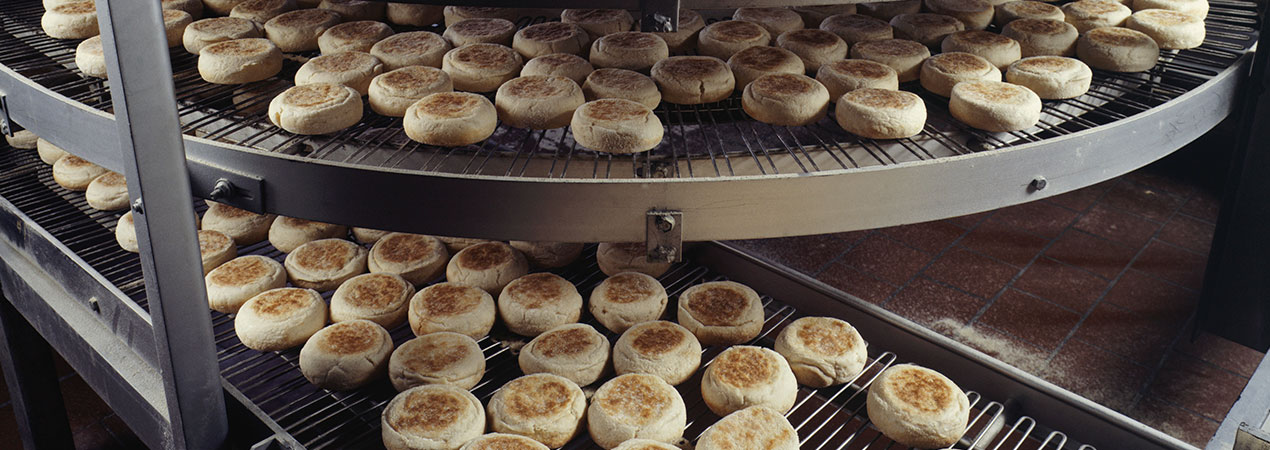By now, we’ve all been exposed to the gluten-free diet in some shape or form. We’ve heard of celebrities touting it for weight loss. We’ve seen it tacked onto menus at our favorite restaurants. And we’ve been witness to the wave of new products with the phrase plastered all over the packaging. But for the 3 million Americans currently living with Celiac Disease, it’s more than a buzzword, diet or passing fad – it’s a way of life. (Coincidentally, it was also No. 7 on our list of 2014 food trends.)
Those managing their Celiac Disease don’t get to have all the fun, either. In fact, 18 million Americans live with wheat allergies and gluten intolerance (or non-Celiac gluten sensitivity). For this increasing segment of American consumers, the growing number of gluten-free options and alternatives is more than welcome on store shelves and restaurant menus. As noted in our current White Paper, “Our Plight to Eat Right,” a quarter of Americans say gluten-free is important when making their food purchase decisions – up nine points from our previous FoodThink study.
Consumer segments that over-index on gluten-free:
- Dads 43% (172)
- Organic 44% (177)
- Millennials 36% (144)
- Total 25%
With more major brands continuing to venture into this category – whether motivated by potential profit or genuine intentions of serving their customer base – we should expect “gluten-free” to become as commonplace as “fat-free” or “no GMOs.” And for the 18 million Americans actively seeking these options out, there’s no better time to be a gluten-free consumer. But what’s a food marketer to do?
Win them over with recipes. Gluten-free cooking can sometimes be tricky. Show how your product fits into consumers’ lifestyles by giving them helpful recipes.
Provide $$$ saving coupons. Because gluten-free food items often cost more than their non-gluten-free counterparts, coupon savings can help bridge the gap.
Give them a taste. Sampling is still one of the most effective ways to drive purchase. Create in-store sampling opportunities, or send samples of your product out to targeted consumers.
- Healthy Eating
Filed Under



